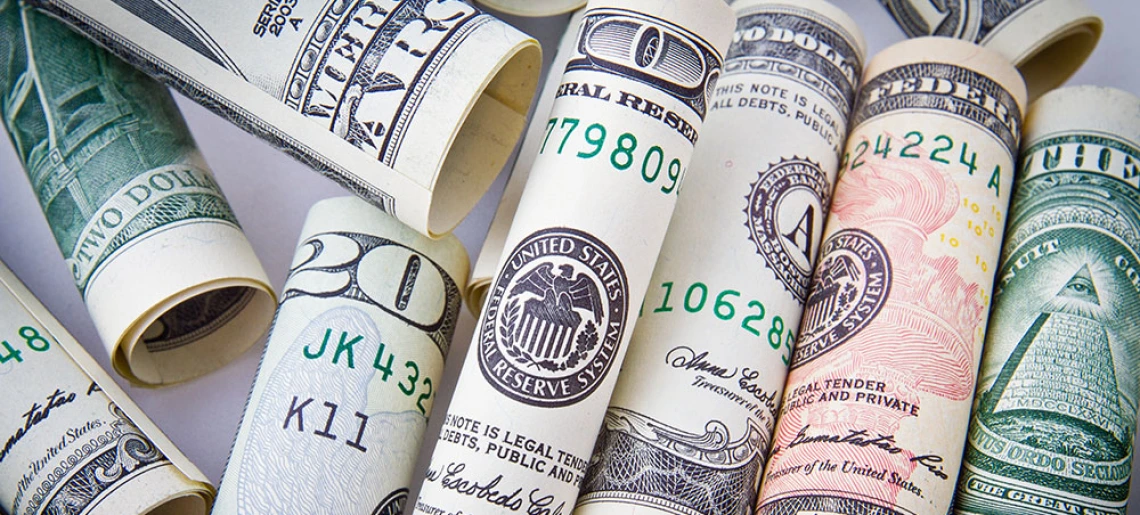The Curse of Middle-aged Capitalism

A persisting puzzle about the U.S. economy is how it can seem both strong and weak. On the one hand, it remains a citadel of innovation, producing new companies such as Uber. On the other, the economy is expanding at a snail’s pace of 2 percent annually since 2010. How could both be true? Why isn’t innovation translating into faster growth? The answer — or part of the answer — is that American businesses are running on two separate tracks. Call them the “youthful” and “middle-aged” tracks.
You can’t miss youthful capitalism. The Googles of the world dazzle with their rapid innovation. Their dynamism is reassuring. Meanwhile, many less visible but more numerous older firms are treading water. They’re struggling to generate higher revenues and profits from mature markets, while facing new competitive threats. It is arguably the firms running on the second track — middle-aged capitalism — that have dominated the economy since the Great Recession.
To be sure, America’s business aristocracy has shifted. In 1995, the largest five firms by market “capitalization” (the value of a company’s shares) were old-line businesses: Exxon, AT&T, Coca-Cola, General Electric and Merck. By 2015, only Exxon (now ExxonMobil) remained. The others were replaced by Apple, Google, Microsoft and Amazon. (Note: Jeffrey P. Bezos, Amazon.com’s founder and chief executive, owns The Post.) Still, middle-aged capitalism has slowed the recovery.
Bolstering the case is a new study, published in the Journal of Economic Perspectives by Kathleen M. Kahle of the University of Arizona and René M. Stulz of Ohio State University. The scholars examined all U.S. public companies over a 40-year period, from 1975 to 2015, and found pervasive evidence of a two-tiered capitalism. Companies are sorting themselves into the strong and the weak.
Read the Full Article at Washington Post.
Image Courtesy of Pexels.

